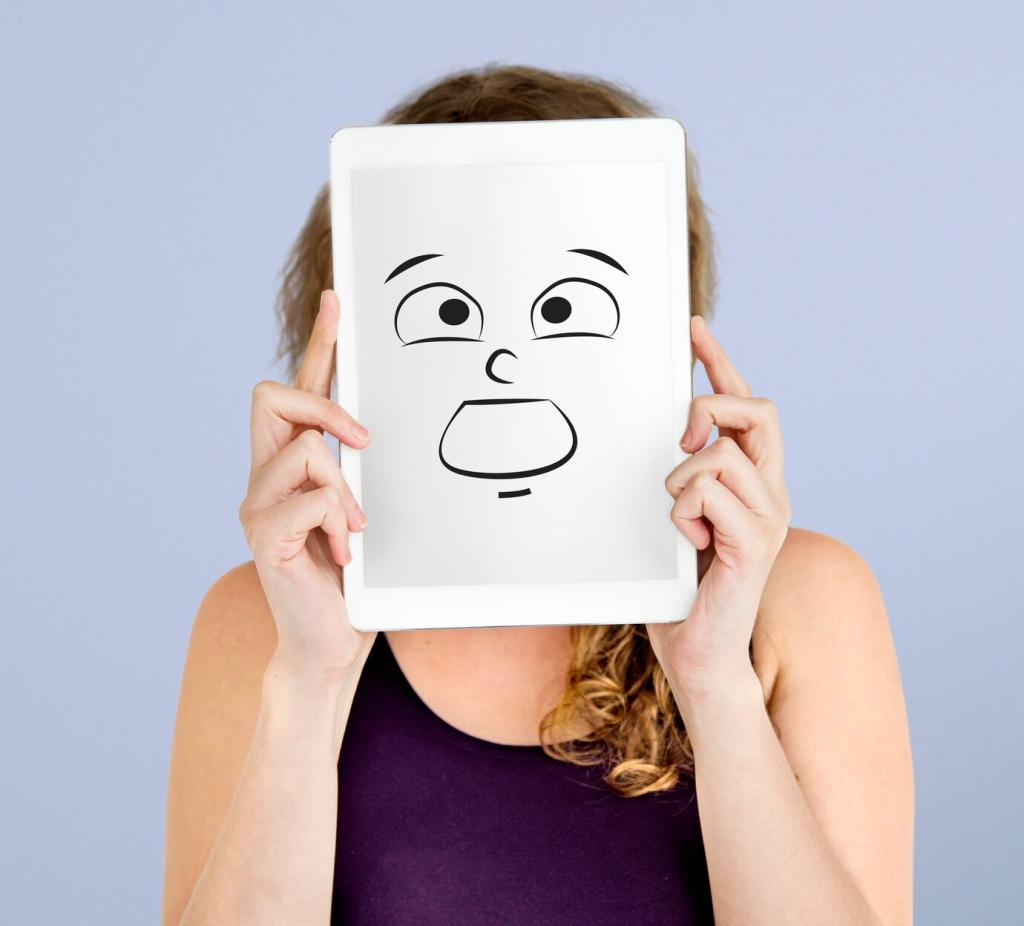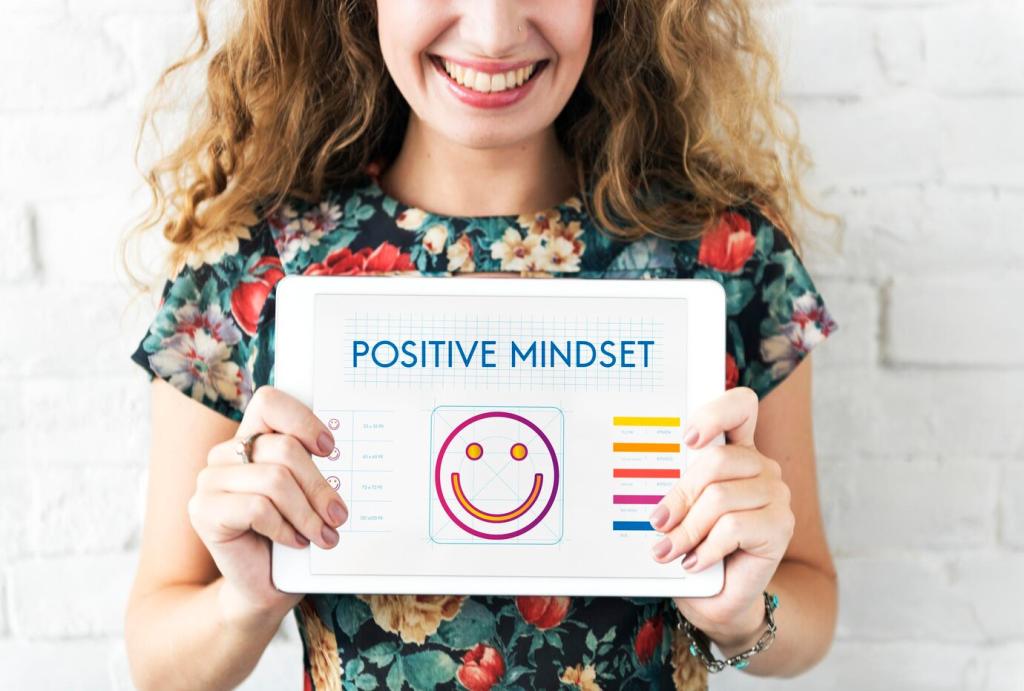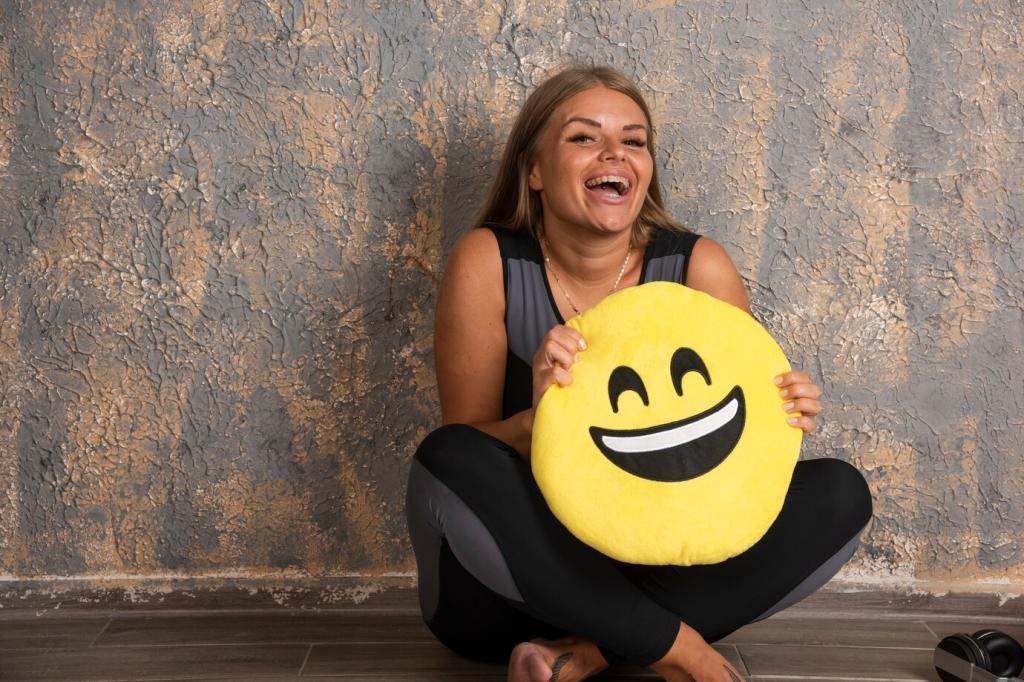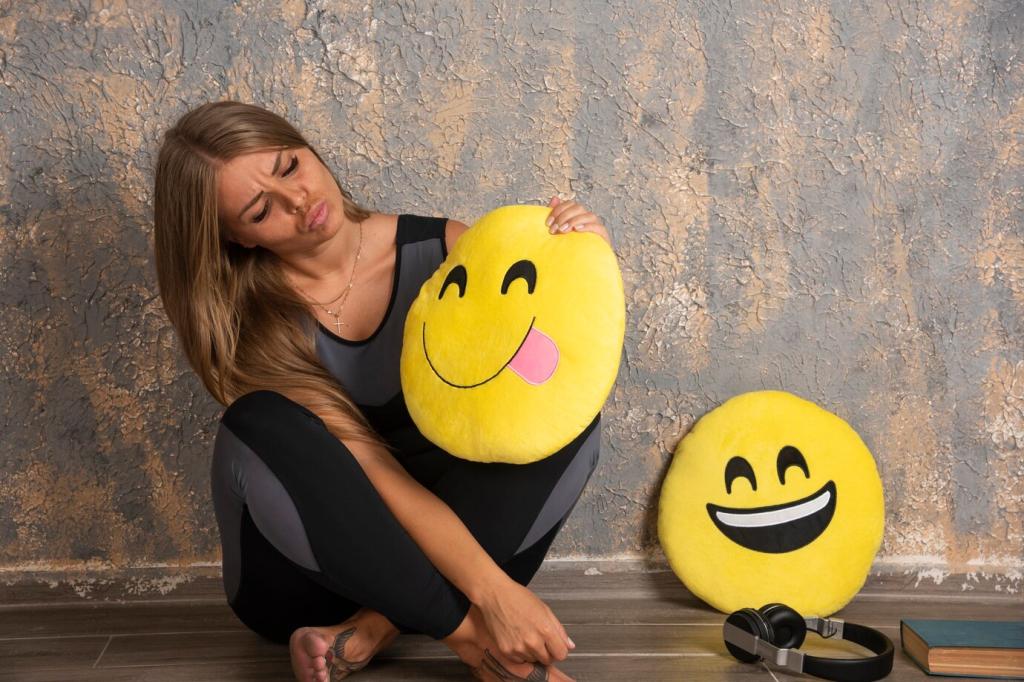Color Combinations for a Stress-free Home Office



Starter Palettes for Instant Calm

Sage brings a garden-like quiet, warm sand keeps things cozy, and crisp white maintains clarity. Use sage on the main wall, sand on storage or textiles, and white for trim. This trio invites steady breathing and clearer thinking throughout your workday.
Real-life Makeovers: Stories from Quiet Corners
Nadia swapped a stark white room for sage on the main wall, sand curtains, and white trim. She reported fewer afternoon headaches and a steadier writing rhythm. Her tip: keep desk accessories in two coordinated shades to avoid the slow creep of visual clutter.
Materials, Textures, and Light That Support Your Colors
Matte Finishes Reduce Glare
Glare is stress in visual form. Matte paints and satin woods soften reflections, allowing your eyes to relax during long sessions. If you work with multiple screens, choose low-sheen finishes behind them to prevent halos and distraction during video calls and spreadsheet marathons.
Textiles that Whisper
Curtains, rugs, and chair throws absorb sound while introducing gentle color. Choose woven textures in your palette tones—sage knits, gray tweed, or beige bouclé—so the scheme feels deliberate. Your space becomes quieter, warmer, and easier to settle into at the start of each day.
Daylight and Temperature
South light can wash out pale colors, so increase saturation slightly. North light cools palettes, so add warm neutrals. Consider bulbs around 3000–3500K for balanced task lighting that keeps your color combinations accurate and your mood grounded during long afternoons.
Micro-Zones: Color-Coding Focus, Rest, and Meetings
Paint the wall behind your monitor a muted blue to anchor attention. Keep shelving a complementary gray and the desktop natural wood. The gentle contrast helps your eyes settle on the work surface, minimizing the stressful scanning that drains cognitive energy during complex tasks.
Micro-Zones: Color-Coding Focus, Rest, and Meetings
Place a small chair under a warm sand accent and add a textured cushion in beige or taupe. This spot becomes your two-minute reset during tough projects. A neutral corner invites micro-breaks without pulling attention away with bright, stimulating colors or busy patterns.


Small Budget, Big Calm
Invest in several sample pots and paint A3 cards. Move them around your office across a few days to see real light interactions. This inexpensive step prevents costly mistakes and helps you fine-tune a stress-free home office palette that truly suits your rhythm.
Small Budget, Big Calm
Old shelves and mismatched boxes can become a cohesive storage wall with two coordinated colors. Paint the frames a soft neutral and the backs a calming hue. Suddenly, visual noise disappears, and your office feels intentional, supportive, and far less mentally demanding to maintain.


Build a Living Mood Board
Collect paint chips, fabric scraps, and photos that match your chosen palette. Pin them near your desk and edit weekly. When colors still feel soothing on busy days, you know you are closing in on a combination that genuinely supports calm, focus, and resilience.
Track Your Stress Signals
Note headaches, fidgeting, and procrastination in relation to lighting and wall colors. If tension rises, adjust saturation or warmth. This gentle, iterative approach ensures your palette evolves with your workload, keeping your home office a stable, low-stress environment year-round.
Share and Learn with the Community
Post your before–after photos and palette swatches in the comments. Ask for feedback and subscribe for fresh combinations each week. Your story could spark someone else’s calm workspace, and their tweaks might become the final touch your office has been waiting for.
